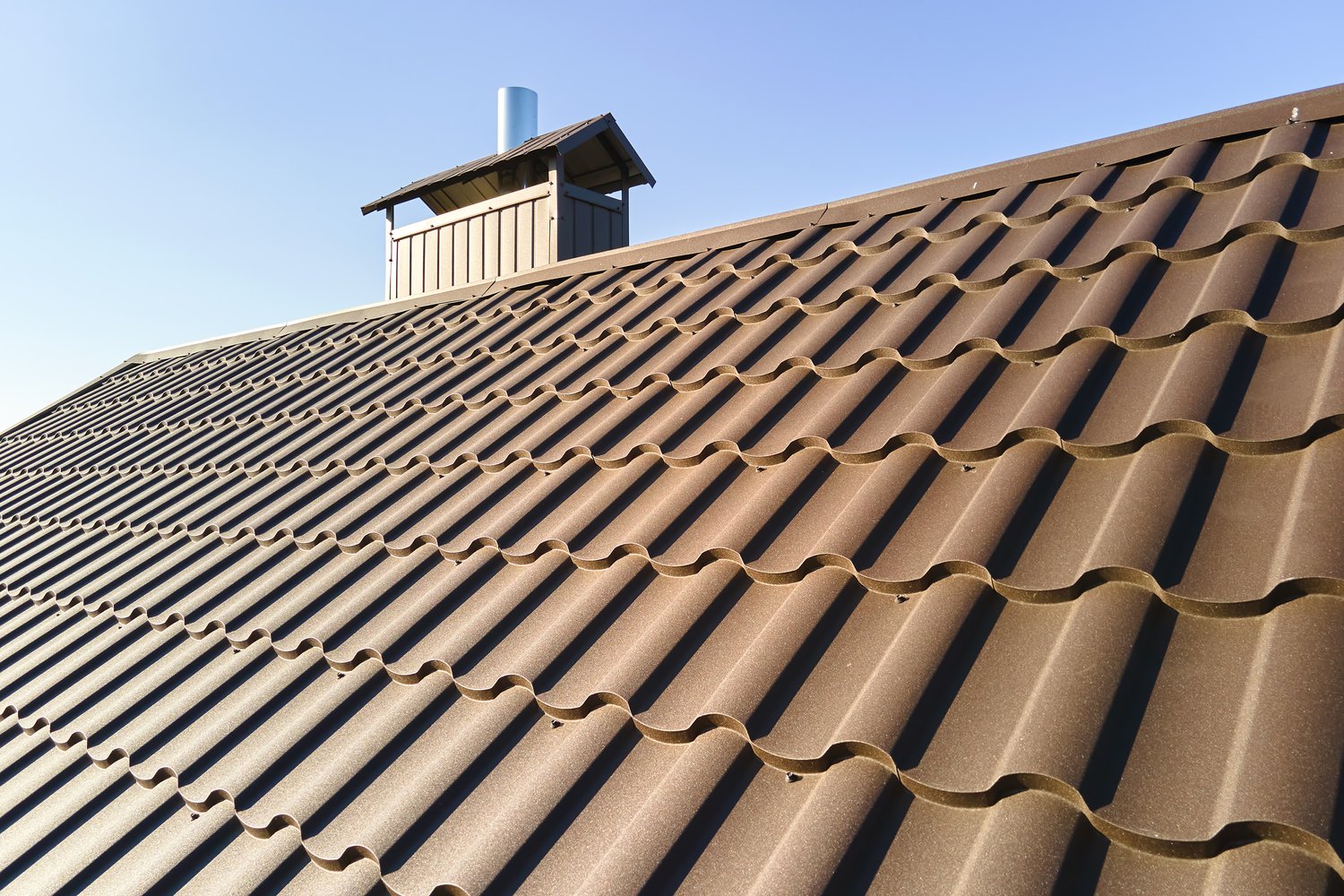Your roof is one of the most critical components of your home’s structure, providing protection against the elements year after year. Understanding how long does a roof last can help homeowners budget for future replacements and make informed decisions when selecting materials. The lifespan of roofing materials varies dramatically, from economical asphalt shingles that might need replacement after 20 years to premium slate that can protect your home for a century or more. This article explores the expected durability of common roofing options and factors that influence their longevity.
Asphalt Shingle Roofing
Asphalt shingles remain the most popular roofing material in North America, primarily due to their affordability and ease of installation. The typical asphalt shingle life spans between 15 to 30 years, depending on the quality of the product. Three-tab shingles, the most economical option, generally last 15-20 years. Architectural or dimensional shingles, which are thicker and more durable, can extend that lifespan to 25-30 years. Premium asphalt products may even come with warranties approaching 50 years, though real-world performance often falls short of these optimistic projections.
Climate plays a significant role in determining how long your asphalt roof will last. Homes in regions with extreme temperature fluctuations, intense UV exposure, or frequent storms typically experience shorter roofing lifespans. Regular maintenance, including clearing debris and addressing minor repairs promptly, can help maximize the service life of an asphalt shingle roof.
Metal Roofing Systems
Metal roofing has gained popularity in residential applications due to its exceptional longevity and performance characteristics. Standard metal roofing typically lasts 40-70 years, with premium materials like copper and zinc potentially serving for a century or more. Standing seam metal roofs, which feature raised seams where panels join, offer superior water resistance and durability compared to exposed-fastener systems.
The impressive roofing material lifespan of metal comes with a higher initial investment, but the long-term value proposition is compelling. Metal roofs resist fire, mildew, insects, and rot. They’re also environmentally friendly, as they can contain recycled materials and are fully recyclable at the end of their service life. Additionally, their reflective properties can reduce cooling costs in warmer climates, as noted by roofing experts at AskHomey.
Clay and Concrete Tile Roofing
The remarkable tile roof durability has made these materials fixtures in certain architectural styles and regions. Clay tiles, common in Mediterranean and Spanish-style homes, can last 50-100 years when properly maintained. Concrete tiles offer similar performance at a slightly lower price point, with lifespans typically ranging from 40-75 years.
Both materials offer excellent resistance to fire, insects, and rot. Their weight requires adequate structural support, but this heft contributes to their wind resistance and stability. Climate considerations are important with tile roofs—clay performs exceptionally well in hot, dry climates but may be prone to damage in freeze-thaw cycles. Concrete tiles generally offer better cold-weather performance.
The primary vulnerability of tile roofing systems lies in the underlayment and flashing components, which typically deteriorate faster than the tiles themselves. A well-maintained tile roof may require underlayment replacement every 20-30 years while the tiles continue to perform.
Slate Roofing
When discussing roofing material lifespan, slate stands in a category of its own. A properly installed slate roof can last 75-200 years, making it truly a lifetime investment. The exceptional longevity of slate roofing comes from the material itself—natural stone that has already weathered millions of years of geological processes.
The substantial weight of slate requires specialized structural support, and installation demands skilled craftsmanship. These factors contribute to slate being among the most expensive roofing options initially, but the per-year cost becomes more reasonable when amortized over its extraordinary lifespan.
Wood Shingles and Shakes
Wood roofing offers natural beauty that many homeowners find appealing. Cedar, the most common wood roofing material, typically lasts 20-40 years depending on the climate and maintenance schedule. Wood shingles, which are machine-cut and have a smoother appearance, generally last on the lower end of this range. Hand-split wood shakes, which are thicker and more textured, may reach the upper end when properly maintained.
Regular maintenance is crucial for wood roofing. This includes clearing debris, preventing moss growth, and occasionally applying preservative treatments in some climates. Fire concerns have led some communities to restrict wood roofing, though fire-resistant treatments are available.
Synthetic Roofing Products
Modern synthetic roofing materials aim to replicate the appearance of natural materials like slate or wood while offering improved performance characteristics. These products, often made from rubber, plastic, or polymer composites, typically carry warranties of 30-50 years. Their actual performance history is shorter than traditional materials, as many haven’t been on the market long enough to establish definitive lifespan data.
Synthetic options often weigh less than the materials they imitate, potentially eliminating the need for additional structural support. They generally resist impacts, fire, and insects better than some natural materials, making them increasingly popular alternatives.
For more tips and to connect with reliable home service professionals, follow AskHomey on Facebook and Instagram.



